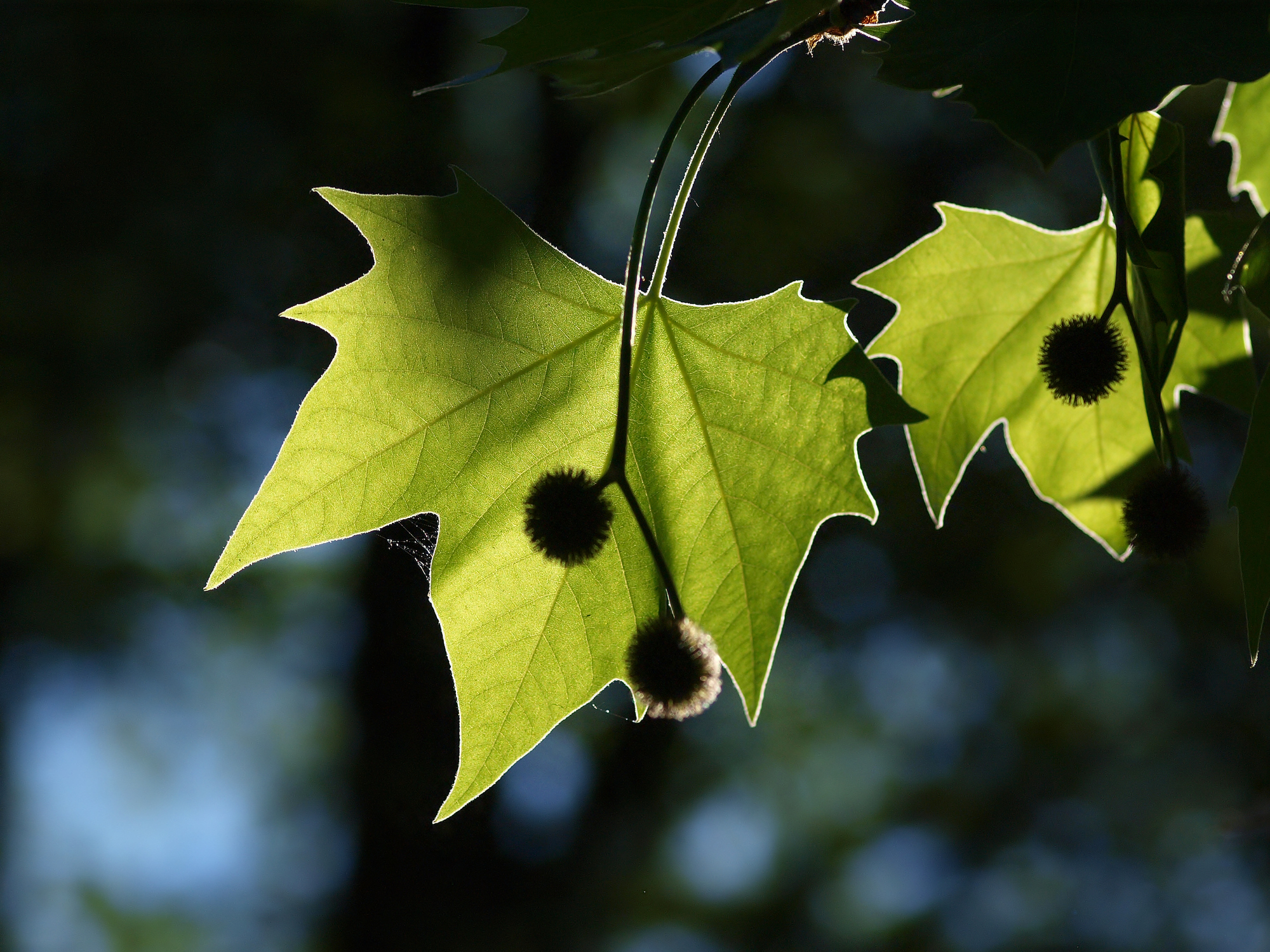Plane trees given the boot from Melbourne CBD

Melbourne City Council is removing most of its London plane trees, in a move which has been met with joy from many hay fever sufferers.
The trees are renowned for triggering hay fever attacks, but allergies are not the key reason the council is removing the trees.
Most of the trees will be removed from the inner city over the next 20 years in a bid to increase tree species diversity and make the city’s green canopy more resilient.
Stephen Frank, director of Treelogic, said plane trees have been overused in cities around the world, leading to lack of ecological diversity in metropolitan areas.
“Because of the characteristics that they have, been very successful urban trees,” he told 3AW’s Ross and John.
“They have probably, in a sense, been overused.”
Removal of the trees has already begun in Lonsdale Street and Southbank Boulevard, with plans for 3400 new trees to be planted across the city.
The council has not yet revealed which species will replace the plane trees, but Mr Frank said the trees used will need to be drought tolerant.
“Any species we look at … needs to be able to tolerate the changes that we’re predicting within our climate, particularly heat spikes, reduction in moisture,” he said.
“There’s a number of Australian eucalyptus species that can perform that particularly well. There are also some exotic deciduous species from the northern hemisphere, like plane trees, that can also do well.”
Press PLAY below for more.















